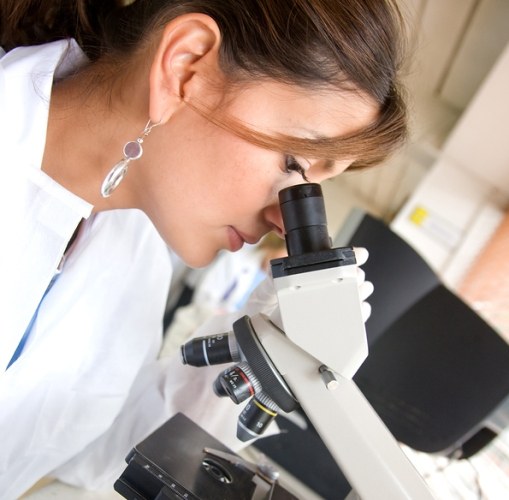Instruction
1
The term "histology" is derived from two Greek words "histos" meaning tissue, and "logos" – word, knowledge. Thus, histology is the science that studies the evolution, development, structure and function of tissues of multicellular animals and humans. Many people mistakenly confuse this with the medical diagnosis.
2
Histology, for the most part, science is descriptive. Its objective is to give explanations to the changes occurring in various tissues under certain conditions, and to interpret the emerging features of tissue structure in the condition of normal or pathology. In addition to biology and anatomy, and histology are closely interwoven Cytology and embryology.
3
Allocate public and private histology, normal and pathological. General histology deals with the study of the structure and functions of body tissues in General, and section private histology is devoted to the study of tissue structure of individual organs. Normal histology examines tissues in a healthy organism. Pathological describes how certain diseases affect tissue structural changes. In the directions this science is also divided into descriptive, evolutionary, and comparative, experimental, and environmental.
4
The object of the study provide histologic thin tissue sections and individual cells, so the study of their structure is possible only with the aid of powerful optical instruments – microscopes.
5
Histological examination in the clinical setting is the study of tissue samples taken from the human body. Histological, or otherwise, pathomorphological examination is crucial in the diagnosis of malignant tumors and also one of the ways of assessing the effectiveness of drug treatment. It can be carried out quickly and according to plan. Material for histological examination are usually obtained in the process of endoscopic examination or biopsy that takes a small piece of tissue of a particular organ.
6
Conclusion histological examination issued by a specialist doctor – a pathologist or a morphologist and pathologist.











